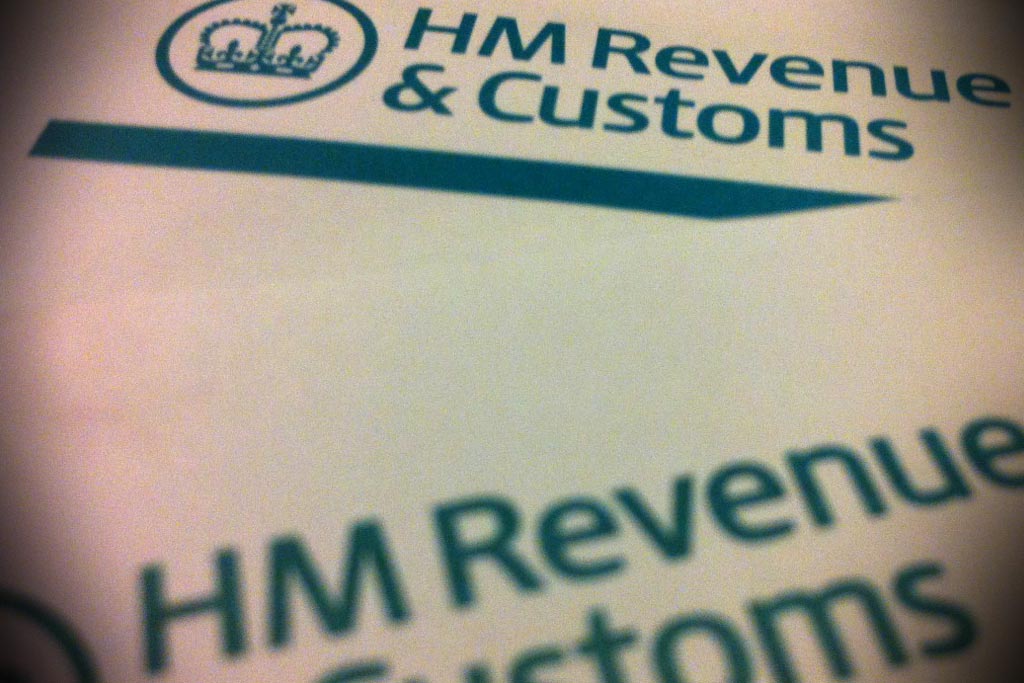Five HR tips to help you hire the right people
Do you need to hire a new employee? Read five HR tips to help you recruit the right person for your business.
How many times have you cringed your way through the interview episode of The Apprentice as candidates’ CVs (and characters!) are torn to pieces – deservingly or not?!
While most employers are not representative of Lord Sugar’s interviewing and interrogating team, recruitment at any level can pose a challenge, particularly if you’re employing staff for the first time. So how can you you get it right?
Five HR tips to help you hire the right people
Jinny McDermott, MCIPD and director of Inline-HR, shares her five top line tips on how to find the right candidate for you and your business.
1) Get the right CVs in
There are many options to consider when finding the right new employee for your business – from online recruitment platforms and local and national recruitment agencies, to newspaper advertising and word of mouth referrals. But which route to recruit is right for you?
The answer lies in the amount of time you can devote to managing the recruitment process, and the associated costs of doing so. You also need to consider where the type of candidate you want to attract will be looking. For example, if you want someone local for your small business, is it worth advertising in a national newspaper?
Whichever options you decide on, you need to ensure they are going to give you a valuable pool of the right candidates to choose from.
2) Write for the right candidate
Recruitment is about the quality of candidates, not quantity, so make sure you write a job advert that will attract the right candidate, and let unsuitable job hunters know this isn’t the role for them.
Before writing your ad a job ad, it’s important to understand the job function and role that you are recruiting for, and to clearly split the skills and experience that a candidate must have, and will ideally have. You also need to be clear about the salary level and package, and whether this will be a full or part time position.
Creating this job description and candidate specification will help you to put together an advert that attracts the right calibre of candidate, and prevent you wasting time wading through dozens of unsuitable applications.
3) Interview with FORCE
Only select candidates for interview if their CV demonstrates and provides evidence that they are appropriately qualified against the criteria set out in the job description.
Or, depending on the role you are recruiting for, the right candidate might just have the necessary transferrable skills to undertake the functions required. It’s up to you to decide on what exactly you need a candidate to be able to do now, and what you can nurture.
(Sometimes the perfect potential candidate can have the right basic skill set and personality, but need some training on specific areas of the role you’re recruiting for.)
When interviewing, remember to use FORCE:
- F – be fair.
- O – be objective.
- R – be realistic.
- C – be consistent.
- E – score all candidates equally.
4) Make a (legal) decision
Once you’ve finished the interview process, you need to decide who to offer the role, to and who to decline. This is never an easy thing to do, and it’s important to ensure that you choose wisely – and legally. So make sure that you are aware of, and comply with, The Equality Act 2010*.
To ensure you remain compliant, you should also retain all interview notes for each candidate in the event that they request to see them, or believe that they have been declined on discriminatory grounds.
5) Make it formal
Once you’ve made a formal offer to your chosen candidate and they have accepted (great news, well done!), you need to provide them with the appropriate employment documentation. This includes:
- An offer letter.
- A contract of employment.
- A company handbook (if you have one).
- Any other associated documentation.
Remember that contracts are not ‘a one size fits all’, so make your documentation is fit for purpose and targeted to your business and the role you are recruiting for.
Need more recruitment tips?
Good luck in your recruitment process, and finding the perfect candidate for your role. If you need it, you’ll find more HR and employment advice in these articles:
- Where to go when you need to outsource
- Seven tips to help you hire the right people
- Six things you need to do when hiring someone
- What’s it like to hire your first employee?
You can find out more about Inline-HR on their website.
* The Equality Act 2010
The Act which consolidates and replaces previous anti-discrimination legislation, makes it unlawful for employers to discriminate against job candidates because of a protected characteristic.
These are: age, disability, gender reassignment, marriage and civil partnership, pregnancy and maternity, race, religion or belief, sex and sexual orientation. It is also worth highlighting that in an age where social media is prevalent, using it to assess the suitability of candidates who have applied, could potentially breach certain legal provisions.










